The Queen always held a special place in her heart for Balmoral and often seemed happiest when she could escape the strict royal protocol and spend time in Deeside.
She was far from the only royal to feel the pull of Aberdeenshire, and over the years members of the family travelled in style on the Deeside Railway on their way to the castle.
The railway line opened nearly 170 years ago and was well-used by the Royal Family over the decades which followed.
It was Queen Elizabeth II who rode the final Royal Train service between Aberdeen and Ballater on the Deeside Railway in 1966 just before the line closed for good.
It marked the end of an era for train travel in Deeside but even today it is remembered as the “Royal Line” — and the royals themselves haven’t forgotten about it either.
Why did Queen Victoria order the houses to face the railway?
The proximity to Balmoral Castle made the Deeside Railway an asset for visiting royal family members, with the terminus at Ballater soon becoming the official royal station.
A regal journey was a dramatic affair for the railway: Each monarch had different tastes that the service had to adapt to.
For example, Queen Victoria’s dislike of fast-moving transport meant that the royal carriage took around an hour and fifteen minutes to travel from Ballater to Ferryhill (royal services avoided entering the primary Aberdeen station).
These journeys up and down the Deeside line were an annual tradition until the death of Victoria’s husband, Prince Albert.
The Queen then travelled the line twice a year for the forty remaining years of her reign and enjoyed the Aberdeenshire views as seen from her carriage windows.
It is even said that she enjoyed looking out of the window so much that she ordered homes being built along the railway line to be built the “wrong way” round so that their front doors would face the train tracks instead of the road on the other side.
This is because Queen Victoria did not want to look at residents’ laundry flapping in the wind and preferred to have a view of their nicely painted front doors instead.
Retaining the royal connection
Like many small railway routes, the Deeside Railway fell victim to the Beeching cuts of the 1960s.
But even after the railway was cut from the network, the royals continue to remember its heritage.
For example in 2015 the Old Royal Station in Ballater was destroyed by a devastating fire, and later that same year Storm Frank caused yet more damage in the town.
Until the 1960s, the B-listed station building was the final stopping point for members of the Royal Family heading to Balmoral.
To see its charred ruins was upsetting to locals and royal visitors alike
Three years later the station was rebuilt, and through one of his charitable trusts, Prince Charles opened a new restaurant within the building called Ballater Station Bistro and Tearoom to bring more visitors to the area.
Prince Charles also donated a significant sum of money to fund the restoration of a 1950s carriage on the Deeside line after it was destroyed by vandals.
What does the Deeside Railway look like today?
Over the decades since its closure, the line developed into a long pedestrianised path known as the Deeside Way.
While still lamenting the loss of such a historical railway, those who live near the line have been pleased to see the route remain within public ownership.
Today pedestrians, cyclists, and even horse riders make frequent use of the path which offers welcome green space in a mostly urban environment.
Along the way, there’s a good deal of railway infrastructure still in evidence, including the ghost stations of Pitfodels, Cults and Bieldside.
And for an even better idea of how the line once looked, visitors can have a ride on the small heritage Royal Deeside Railway at Milton of Crathes, built to preserve a section of the original royal railway.
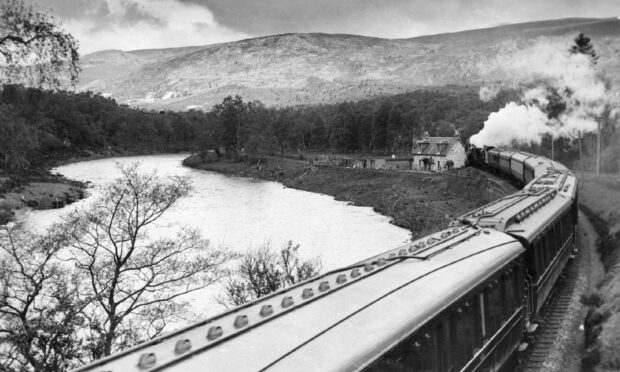
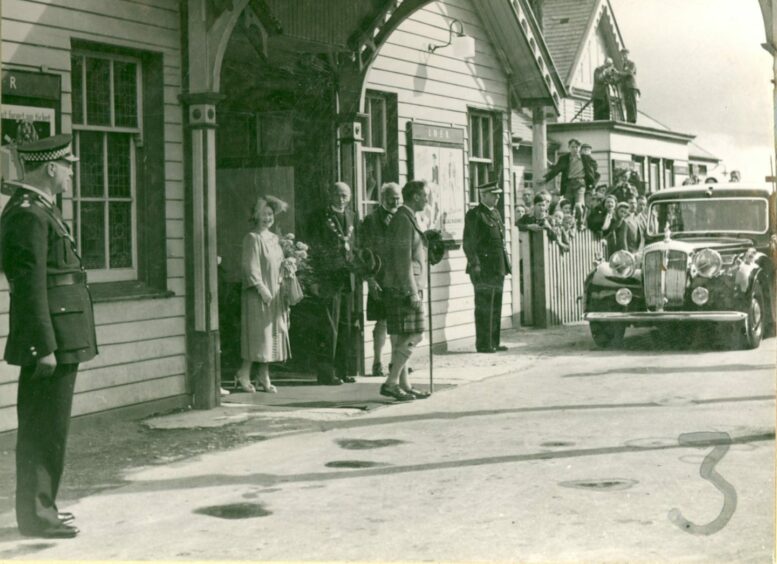
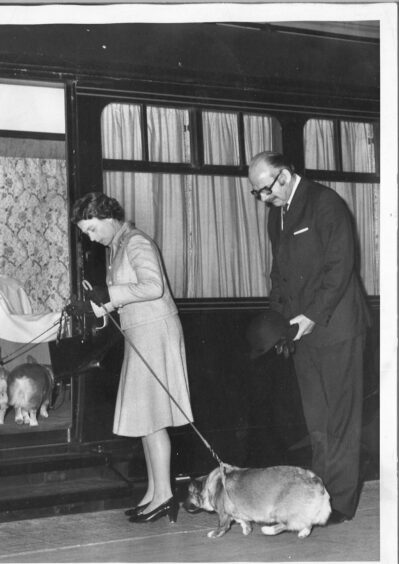
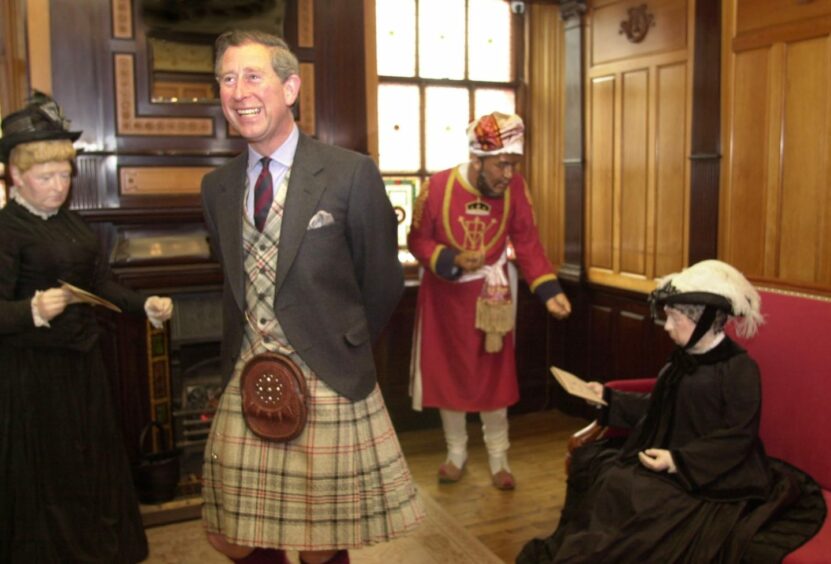
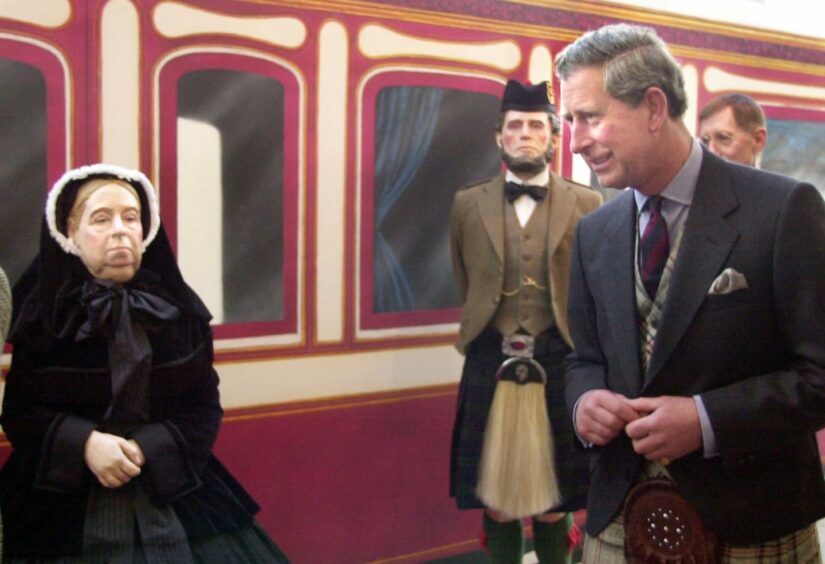
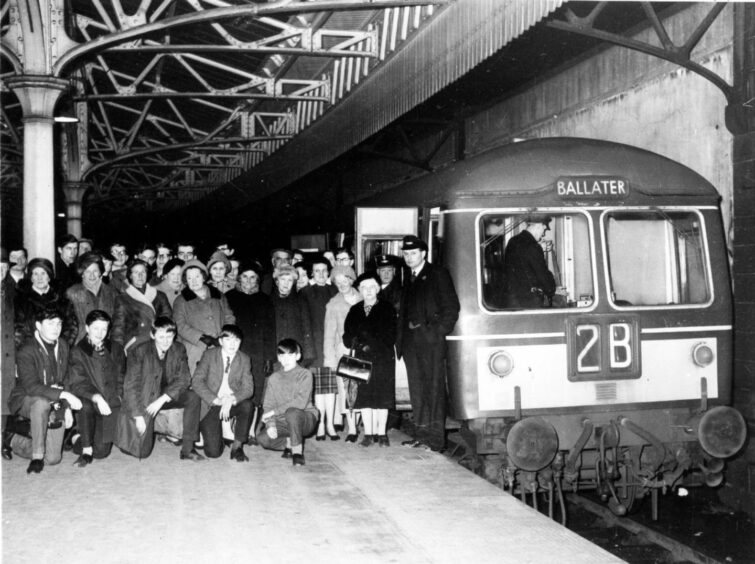
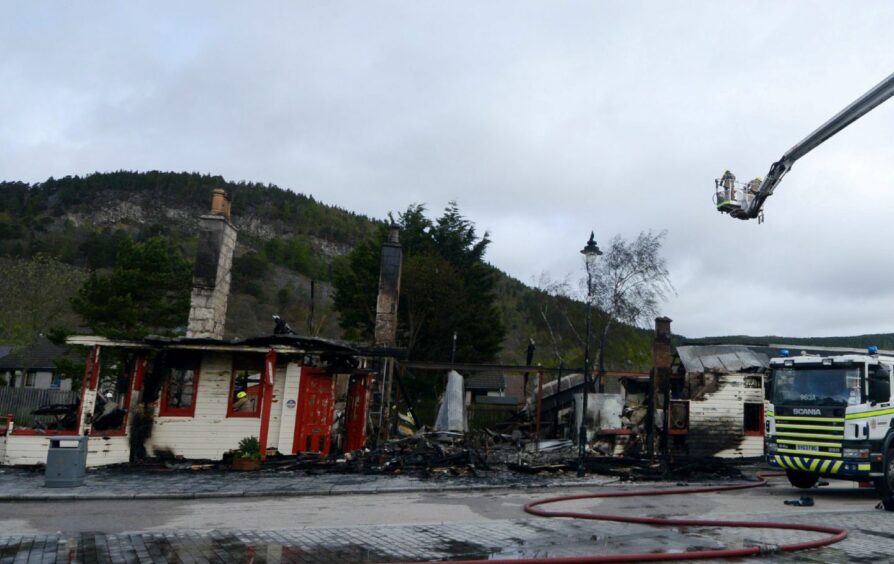
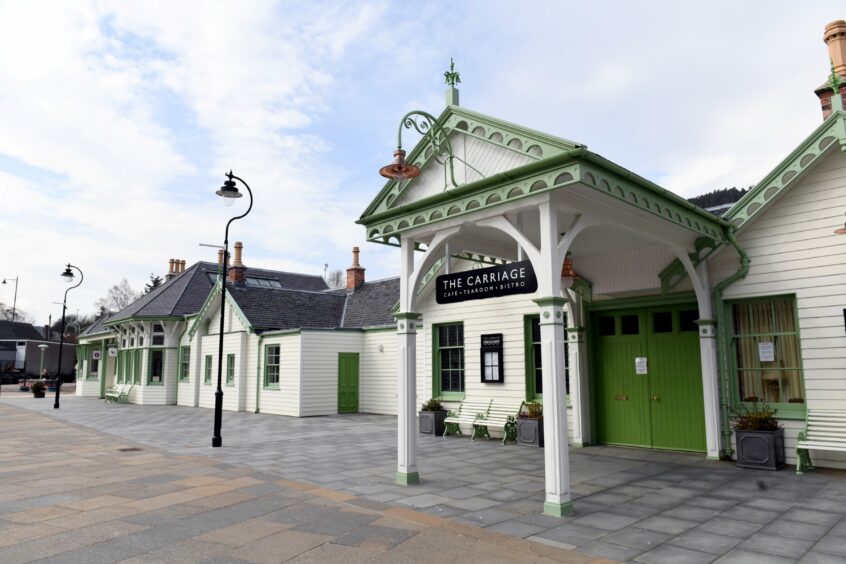
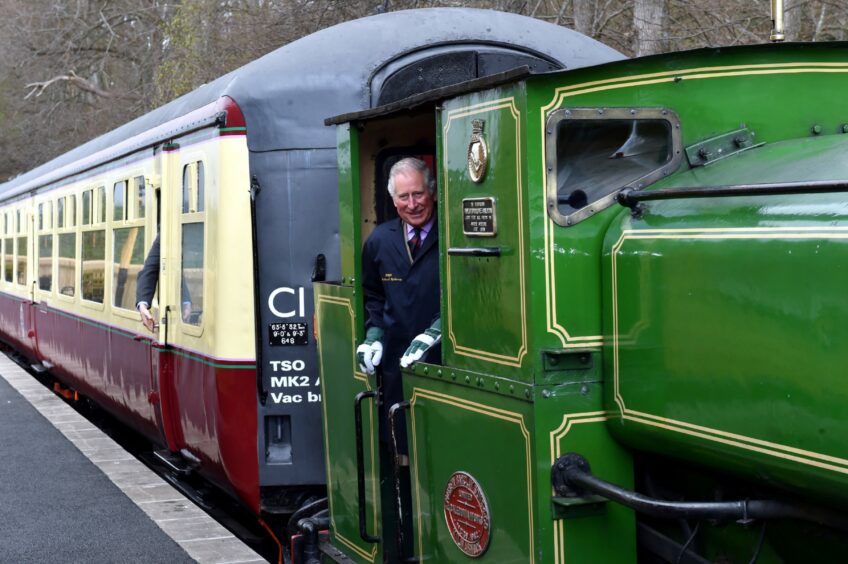
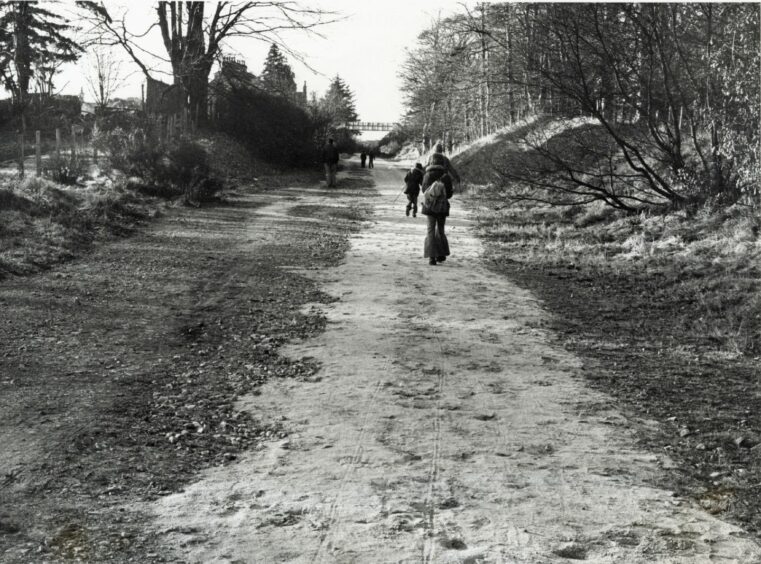
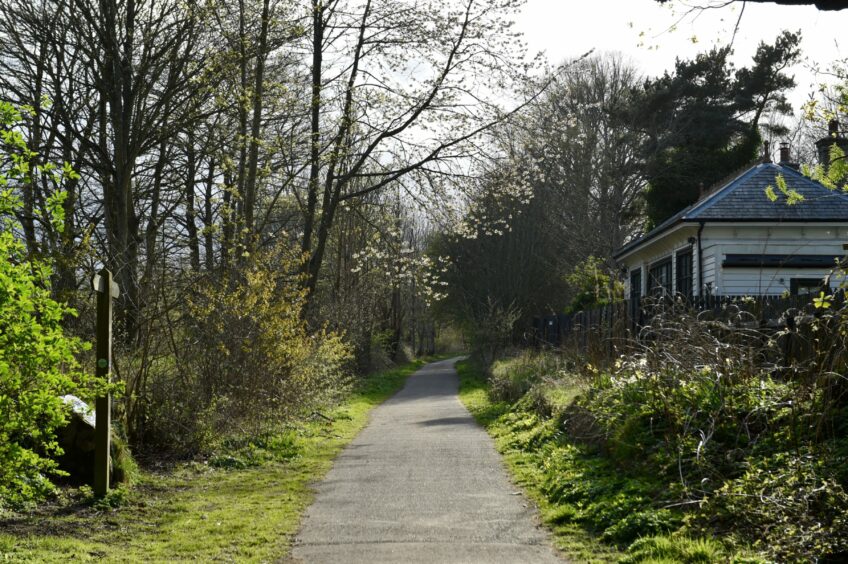
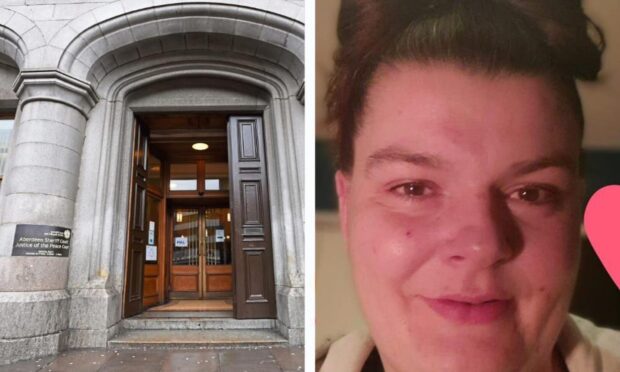









Conversation